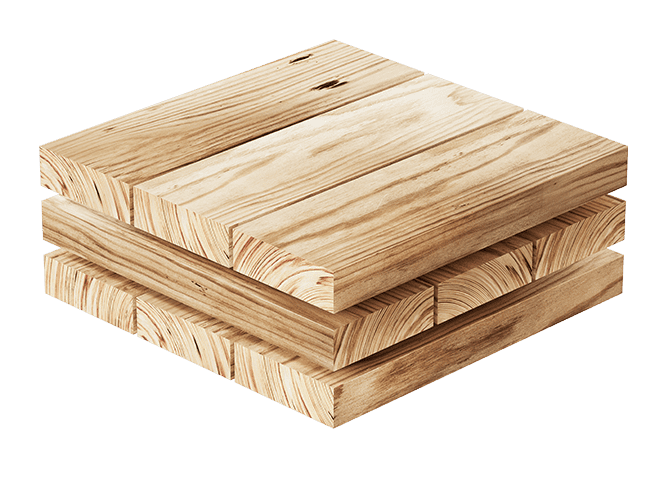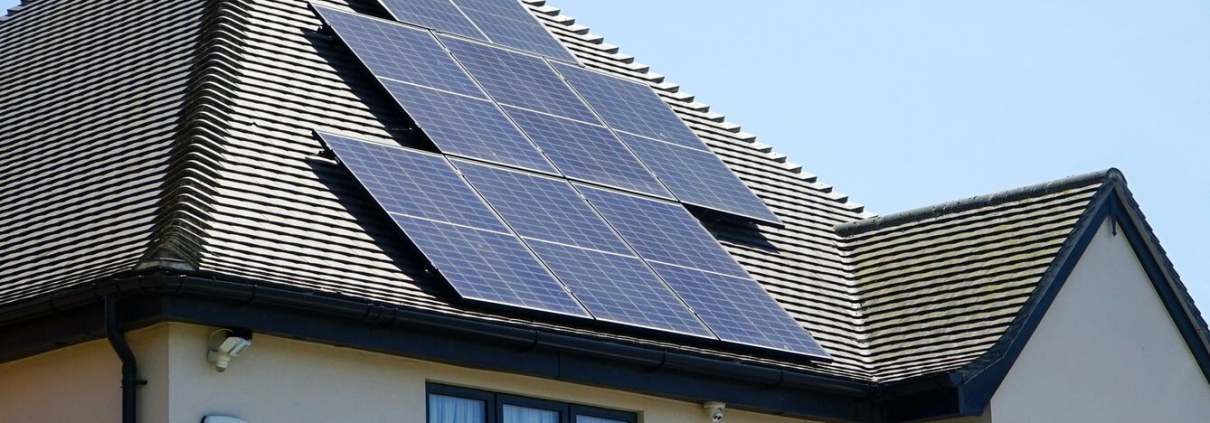Sustainable Home Trends: Building the Future Responsibly
Sustainable home trends are shaping the future of residential construction as homeowners and builders respond to growing concerns over climate change, energy overconsumption, and resource depletion. Solutions ranging from net-zero energy homes to innovative roofing and materials are gaining popularity and becoming the new era of progressive, eco-conscious design.
Net-Zero Energy Homes
A net-zero energy home is a home designed to produce as much energy as it consumes. This trend is driven by both consumer demand and policy incentives such as the Canada Greener Homes Grant. These home designs combine high- performance insulation, airtight construction, and renewable energy systems, primarily rooftop solar panels.
Great Gulf Homes has been a pioneer in this space, actively promoting energy-efficient design across the GTA and into the Oakville and Milton areas. Their homes feature triple-pane windows, advanced heat recovery systems, and smart monitoring
technology that encourages homeowners to track and reduce their usage.
Reid’s Heritage Homes, with developments in Oakville and Hamilton, is known for constructing Canada’s first net-zero certified home under the Canadian Home Builders’ Association Net Zero Home Labelling Program.
Net-zero homes are defined as homes that produce as much clean energy as they consume annually, using on-site renewable energy systems. They have been designed and constructed (or renovated) for optimal energy efficiency and cost. Net Zero Homes feature extra insulation, high-performance windows, and an airtight design to maximize energy efficiency for heating and cooling.
A $25,000 grant from Natural Resources Canada allowed the Town of Oakville to launch a Heat Pump Education Program with the Heating, Refrigeration and Air Conditioning Institute of Canada (HRAI) for industry professionals and homeowners interested in learning more about the technology. Heat pumps can help lower heating and cooling costs, reduce carbon emissions, and provide both heating and cooling in a single, environmentally friendly system.
More Efficient Roofing
Some roofing companies are developing more energy-efficient solutions and replacing traditional asphalt shingles. High-reflectance metal roofs, for example, reflect solar radiation and can last decades longer than conventional roofing. Steel roofing products reduce cooling loads in summer and provide robust protection during harsh Canadian winters.

Green roofs which consist of layers of vegetation planted over a waterproofing system, are also gaining popularity, both for their insulating properties and their ability to manage stormwater. The Oakville Green Environmental Association advocates for living roofs to support local biodiversity and urban cooling.
Sustainable Materials
The quest for healthier, lower-impact building materials has sparked interest in products like hempcrete (a mixture of hemp fibres and lime) and straw bale insulation. Hempcrete is non-toxic, naturally mould-resistant, and acts as a carbon sink, storing more CO2 than is emitted during its production.
Oakville’s Eco Building Resource specializes in sustainable materials, from low-VOC paints to recycled-content insulation. Their product range caters to both professionals and DIY homeowners, making green renovations accessible to a wider audience.
Cross-Laminated Timber (CLT)

Cross-laminated timber (CLT) is revolutionizing how homes and mid-rise buildings are constructed in southern Ontario. CLT panels, made by stacking timber in perpendicular layers and bonding them with structural adhesives, are strong, light, and sustainable. The use of wood from sustainably managed forests, such as those certified by the Forest Stewardship Council (FSC), ensures that CLT homes store carbon and reduce the environmental footprint.
Element5 is a Canadian leader in CLT manufacturing, producing panels for residential and commercial projects across the region. Their facility in the GTA supplies builders in Oakville, enabling them to deliver homes that are not only energy-efficient but also architecturally striking. The Canadian Wood Council also supports CLT education and adoption in the Greater Toronto Area.
Sustainable home construction has become more than a recent trend. It is a commitment to the future. Local companies and organizations are working collaboratively to educate, supply, and inspire the next generation of homeowners. Eco-friendly materials, innovative engineering, and a dedication to net-zero goals combine environmental responsibility and refined living, creating a lasting trend for the future.
By Julie Achtermeier




